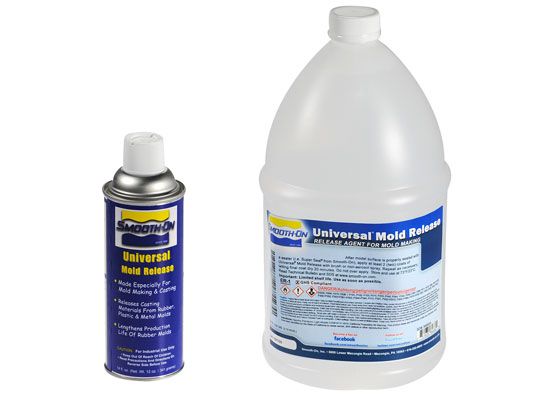Unlocking the Secrets of Mold Release Agents: Enhancing Efficiency in Manufacturing
In the intricate world of manufacturing, where precision and efficiency are paramount, the role of mold release agents cannot be overstated. These unsung heroes play a crucial role in the production process, facilitating the easy release of finished products from molds while ensuring the longevity of molds and improving overall operational efficiency. In this blog post, we will delve into the fascinating realm of mold release agents, exploring their functions, types, and the pivotal role they play in various industries.
Understanding Mold Release Agents:
Mold release agents are chemical compounds designed to facilitate the separation of a molded product from the mold surface. Their primary function is to prevent the molded material from sticking to the mold, thus easing the demolding process. This not only enhances production speed but also minimizes damage to molds, extending their lifespan and reducing the need for frequent replacements.
Key Functions of Mold Release Agents:
- Facilitating Release: Mold release agents create a barrier between the molded material and the mold surface. This barrier prevents adhesion, allowing the finished product to be easily removed without causing damage to either the product or the mold.
- Reducing Friction: By reducing friction between the mold and the molded material, release agents contribute to smoother and faster demolding processes. This is particularly crucial in industries where high production rates are essential.
- Protecting Molds: Mold release agents provide a protective layer on the mold surface, shielding it from wear and tear caused by repeated use. This protection is vital for extending the life of molds and avoiding costly replacements.
Types of Mold Release Agents:
- Water-Based Release Agents: These environmentally friendly agents are water-soluble and often preferred in applications where solvent-based agents are not suitable. They are commonly used in the production of concrete, rubber, and plastics.
- Solvent-Based Release Agents: Solvent-based agents are effective in applications where water-based options may not be suitable. They are widely used in industries such as metal die casting and thermoplastics molding.
- Dry Film Release Agents: Dry film agents are typically sprayed or brushed onto molds in a thin layer. Once applied, they create a dry, low-friction surface that facilitates easy demolding. These agents are often used in the production of intricate parts.
Applications Across Industries:
- Automotive Industry: Mold release agents are extensively used in the manufacturing of automotive components, including plastic parts, rubber seals, and composite materials.
- Construction Industry: In the production of concrete products such as precast concrete, release agents aid in the demolding of structures like architectural elements, pipes, and panels.
- Food Processing: Mold release agents play a critical role in the production of food molds, ensuring the easy release of confections, chocolates, and other molded food products.
Conclusion:
In the realm of manufacturing, where efficiency and precision are paramount, mold release agents silently contribute to the seamless production of a wide array of products. From automotive components to delicate confections, these agents play a pivotal role in ensuring the quality, efficiency, and longevity of the manufacturing process. As industries continue to evolve, the importance of mold release agents is likely to grow, making them indispensable in the world of modern manufacturing.
